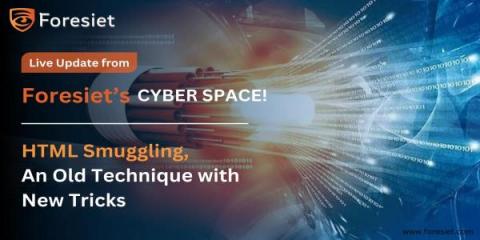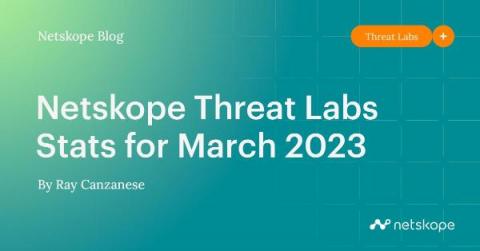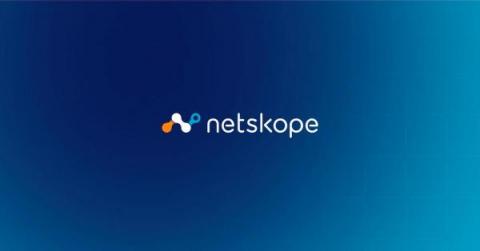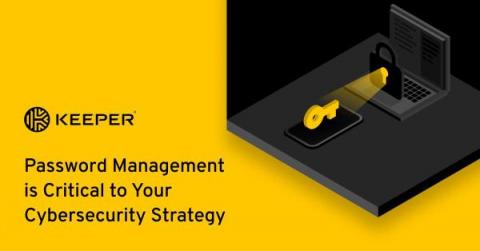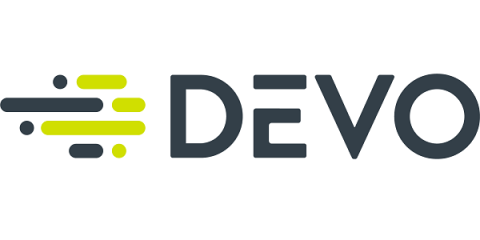HTML Smuggling - An Old Technique with New Tricks
Since the inception of the internet and the World Wide Web (WWW), HTML has been a fundamental part of digital communication, enabling document exchange services between various devices on the network. Developed by Tim Berners-Lee, the father of the WWW, in 1993, the markup language is still used to display documents on web browsers today.


